I am happy to see people washing their hands more and showing an interest in breathing exercises to help the lungs as the world continues to face challenges from the effects of COVID-19.
In Chinese Medicine, the lungs are sometimes called the “delicate or tender” organ because they are susceptible to exterior pathogens, which are often connected to bacteria and viruses.
The Lung is the yin organ of the metal element for which the Large
Intestine is its yang pair. Deep breathing has many benefits, which
include the organs getting massaged from the movement of the
diaphragm and getting more oxygen to the cells. As we get older, our
breathing tends to get shallower, which affects our overall energy as
well as our digestion.
If you ever witnessed someone’s breathing as they approached death,
you may have noticed a progression of the breath becoming more and
more shallow going from chest to throat. In Chinese Medicine, the
Kidney’s energy is the foundation for many of the other organ’s
functions and actually helps the lungs take the breath in deeper.
Many of you have practiced T’ai Chi and Qigong with me both in person
and virtually and know that all the organs are interconnected just like
the body, mind and spirit. In fact, in everything I teach or do in my
practice, I consider the relationship between the body, mind and spirit.
For example, the lungs connect with sadness and kidneys to fear and
fright causing shock and anxiety.
What many of you may not be familiar with are the three locks applied
during breath retention. First a word about breath retention or what the
Daoists/Taoists call “womb breathing”. Breath retention benefits every
organ and system in the body and is akin to the cellular respiration each
of us does in the womb while attached to our mother’s umbilical cord.
The three locks, anal lock, abdominal lock and neck lock, can be applied
during breath retention to improve blood and energy circulation and
improve the function of all your organs. One of my teachers used to emphasize these locks, especially the anal lock to prevent energy loss
from that orifice.
These locks can be applied during sitting and standing breathing exercises. Once you have become comfortable with deep abdominal breathing in which your inhalation fills the lower abdomen and works its way up to your chest, you can try the locks as you hold your breath
from 3–10 seconds.
Begin by taking in a long, deep inhalation. As you get to the end of the
inhalation, close your anal sphincters (one at the external orifice and the
other slightly higher up). Then apply the abdominal lock by contracting
and pulling in your lower abdomen (area below your navel) and then
apply the neck lock by contracting the throat muscles and slightly
pulling in your chin without tilting your head. Hold your breath for a
few seconds then release the locks as you exhale from the chest down to
the abdomen. Pause slightly before beginning your next inhalation.
Again I recommend trying 3–10 seconds max if you are practicing
without a teacher available to guide you. If you have trouble pausing
before your next inhalation, you can take a normal breath in between or
try holding the breath for a shorter time.
You can add the application of the three locks and breath retention to
the Fusing Fire with Water breathing exercise I have shared on YouTube
or make it part of your meditation practice. Another Daoist/Taoist
practice known as reverse abdominal breathing has the three locks as
part of the practice and can be applied to the Golden Light Meditation I
have shared on Vimeo On Demand.
Please feel free to contact me with any questions or to set up a session.
Wishing you all the best.
Wm.
For future reference: “The Tao of Health, Sex, & Longevity” by Daniel P. Reid
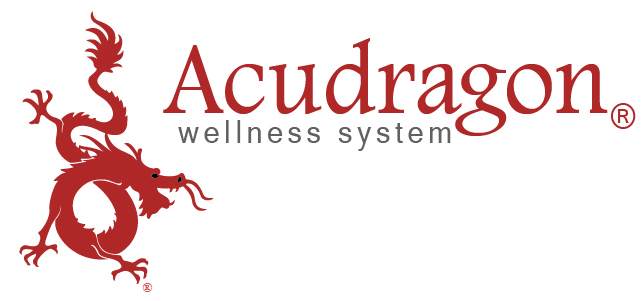



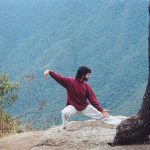








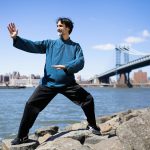

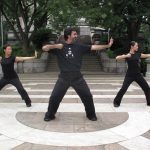
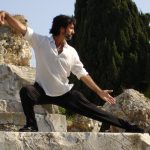





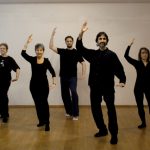
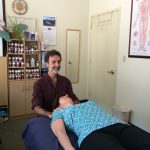

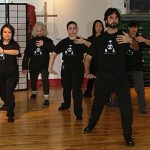










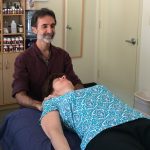



















Recent Comments